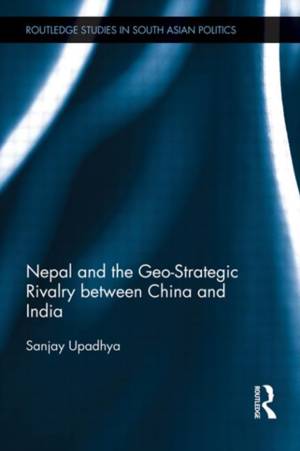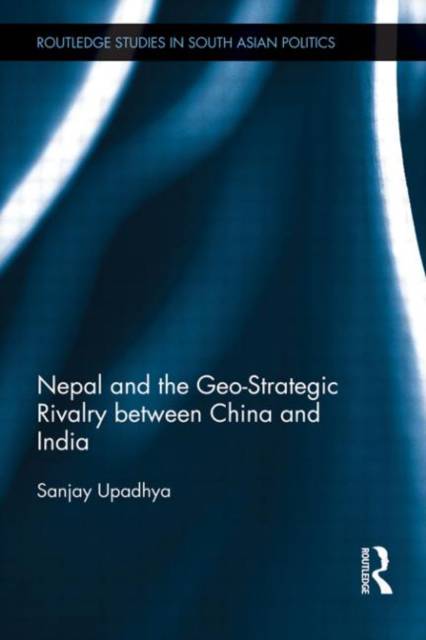
- Retrait gratuit dans votre magasin Club
- 7.000.000 titres dans notre catalogue
- Payer en toute sécurité
- Toujours un magasin près de chez vous
- Retrait gratuit dans votre magasin Club
- 7.000.000 titres dans notre catalogue
- Payer en toute sécurité
- Toujours un magasin près de chez vous
Nepal and the Geo-Strategic Rivalry between China and India
Sanjay UpadhyaDescription
The importance of the Himalayan state of Nepal has been obscured by the international campaign to free Tibet and the vicissitudes of the Sino-Indian rivalry. This book presents the history of Nepal's domestic politics and foreign relations from ancient to modern times.
Analysing newly declassified reports from the United States and Britain, published memoirs, oral recollections and interviews, the book presents the historical interactions between Nepal, China, Tibet and India. It discusses how the ageing and inevitable death of the 14th Dalai Lama, the radicalization of Tibetan diaspora and the ascendancy of the international campaign to free Tibet are of increasing importance to Nepal. With its position between China and India, the book notes how the focus could shift to Nepal, with it being home to some 20,000 Tibetan refugees and its chronic political turmoil, deepened by the Asian giants' rivalry.
Using a chronological approach, the past and present of the rivalry between China and India are studied, and attempts to chart the future are made. The book contributes to a new understanding of the intricate relationship of Nepal with these neighbouring countries, and is of interest to students and scholars of South Asian studies, politics and international relations.
Spécifications
Parties prenantes
- Auteur(s) :
- Editeur:
Contenu
- Nombre de pages :
- 228
- Langue:
- Anglais
- Collection :
Caractéristiques
- EAN:
- 9780415695725
- Date de parution :
- 24-02-12
- Format:
- Livre relié
- Format numérique:
- Ongenaaid / garenloos gebonden
- Dimensions :
- 160 mm x 234 mm
- Poids :
- 476 g







